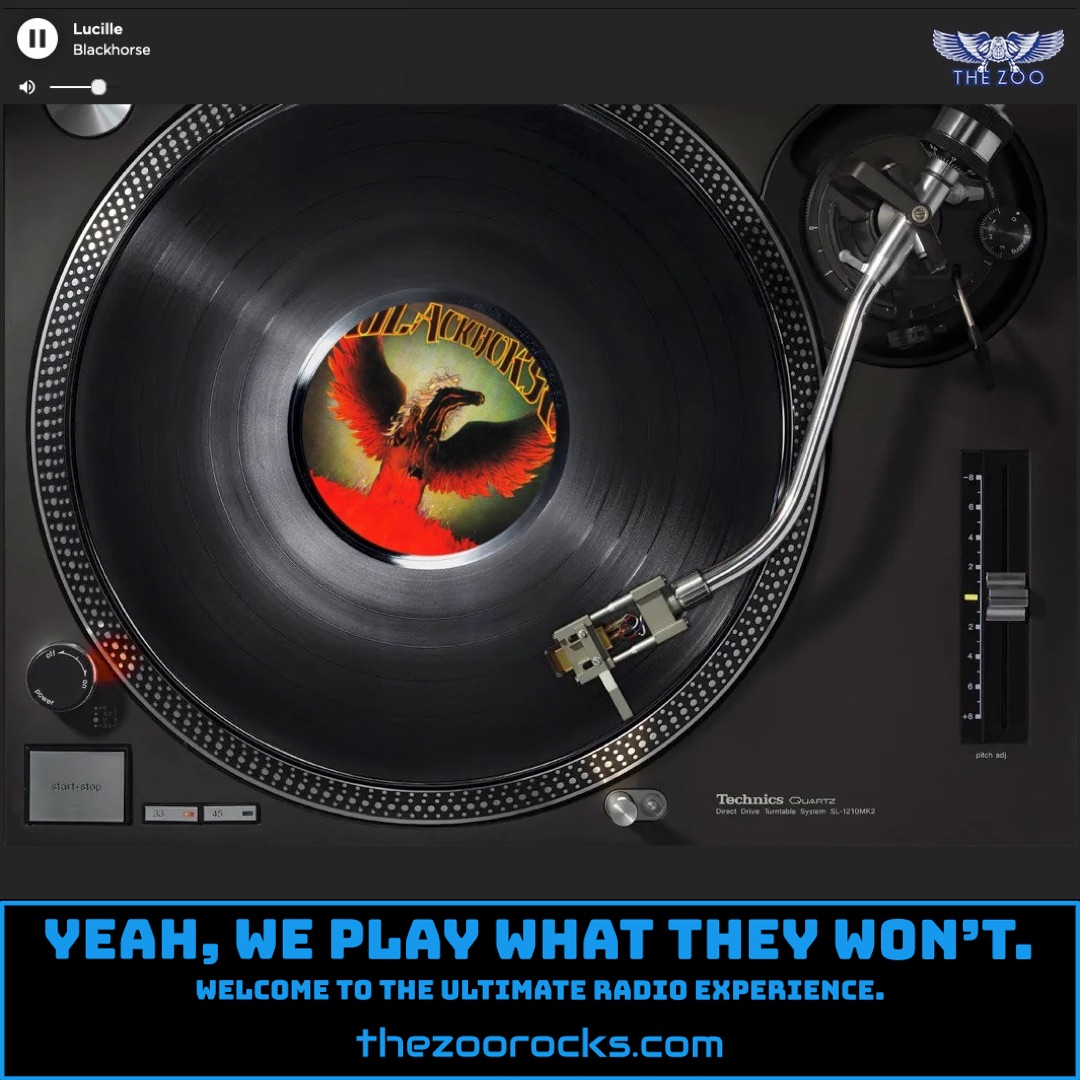Call Me
Blondie
The song "Call Me" by Blondie, featured on the American Gigolo Motion Picture Soundtrack, was a massive hit, topping the Billboard Hot 100 for six consecutive weeks in 1980. Written by Debbie Harry and Giorgio Moroder, the track was initially offered to Stevie Nicks of Fleetwood Mac, who declined due to a contractual conflict with Modern Records. Moroder then approached Harry, presenting an instrumental demo titled "Man Machine." Harry crafted the lyrics in just a few hours, drawing inspiration from the film’s opening scene of Richard Gere’s character, a male prostitute, driving along the California coast. She told American Songwriter that the film’s vivid color palette, particularly Gere’s stylish Armani suits, influenced lines like “Color me your color, baby / Color me your car.” The song’s recording process was not without challenges. Keyboardist Harold Faltermeyer recalled in a 2014 interview that Blondie insisted on playing their own instruments, but Chris Stein’s buzzing guitar and the band’s struggle to sync with the film’s SMPTE timecode led Moroder to finish the track in Los Angeles with his own musicians, including Faltermeyer’s keyboard solo.
Another intriguing tidbit comes from Chris Stein, who noted in a 2016 biography by Victor Bockris that Harry’s lyrics were far subtler than Moroder’s original, more explicit draft, which Stein described as bluntly sexual. The song’s success wasn’t limited to the charts; it earned a Grammy nomination for Best Rock Performance by a Duo or Group and a Golden Globe nod for Best Original Song. Two music videos were produced: one featuring Debbie Harry in New York City, available in the 1991 compilation The Complete Picture: The Very Best of Deborah Harry and Blondie, and another from 1981 showing a taxi driver navigating Manhattan, with no band members featured. Posts on X from users like @ThatEricAlper highlight the song’s origin story, noting how Nicks’ rejection paved the way for Harry’s iconic contribution. The track’s cultural impact endures, with covers by artists like Nikka Costa and In This Moment, and its use in films like Bride of Chucky and Zoolander.
Blondie began in 1974 in New York City, founded by vocalist Debbie Harry and guitarist Chris Stein. Harry, born Angela Trimble in Miami, Florida, was adopted and raised in New Jersey. Before music, she worked as a waitress, a go-go dancer, and a Playboy Bunny, immersing herself in the 1960s Greenwich Village folk scene. Stein, a School of Visual Arts graduate, was entrenched in New York’s punk and art rock underground. They formed Blondie after Harry joined Stein’s band, the Stilettos, and the pair began collaborating romantically and musically. Named after catcalls Harry received for her bleached blonde hair, Blondie emerged in the gritty CBGB scene alongside bands like the Ramones and Talking Heads. Their early sound blended punk, new wave, and pop, but it was their third album, Parallel Lines (1978), with hits like “Heart of Glass,” that catapulted them to global fame. Their eclectic style, incorporating disco, reggae, and later hip-hop with “Rapture,” set them apart.
Blondie’s official online presence includes their website, Facebook, Instagram, and X accounts, where fans can find updates on tours and releases. Fans also connect through dedicated spaces like the Blondie Fan Club on Facebook, a vibrant community sharing memorabilia, concert photos, and discussions about the band’s legacy. Another fan hub, Blondie’s official fan club, offers exclusive content and merchandise. These platforms keep the Zoo Freaks grooving to Blondie’s timeless sound, celebrating the band’s influence as Rock and Roll Hall of Fame inductees and pioneers of new wave.

